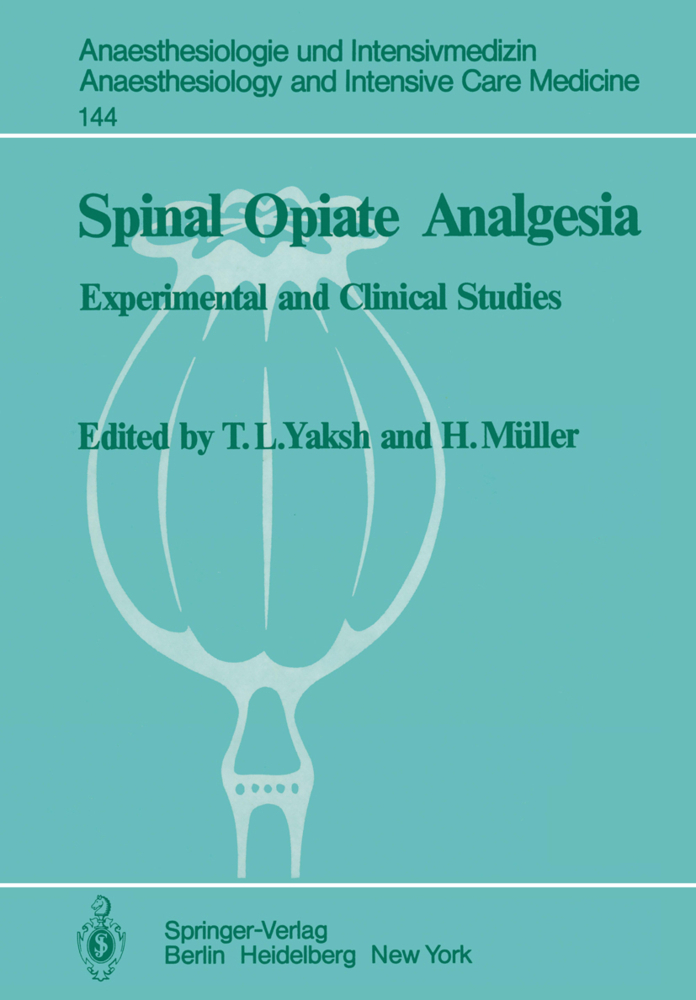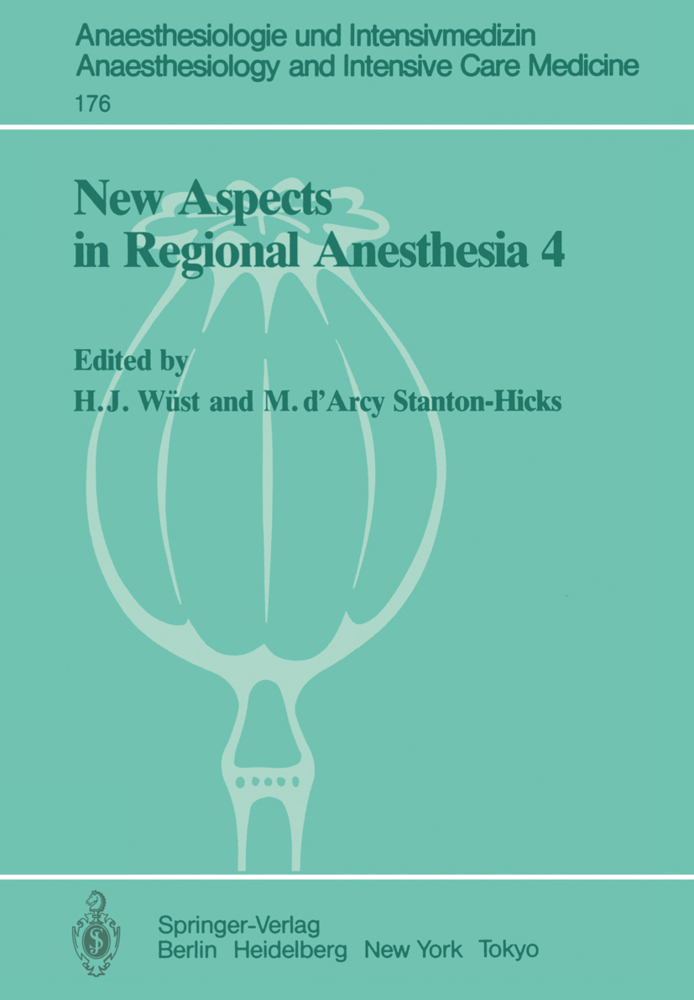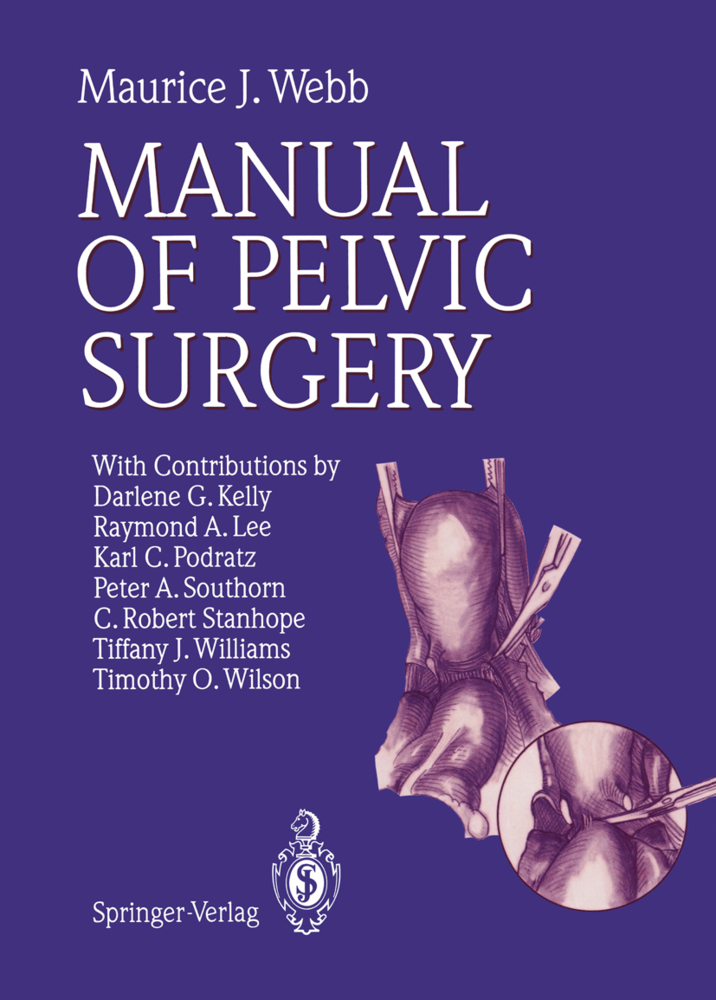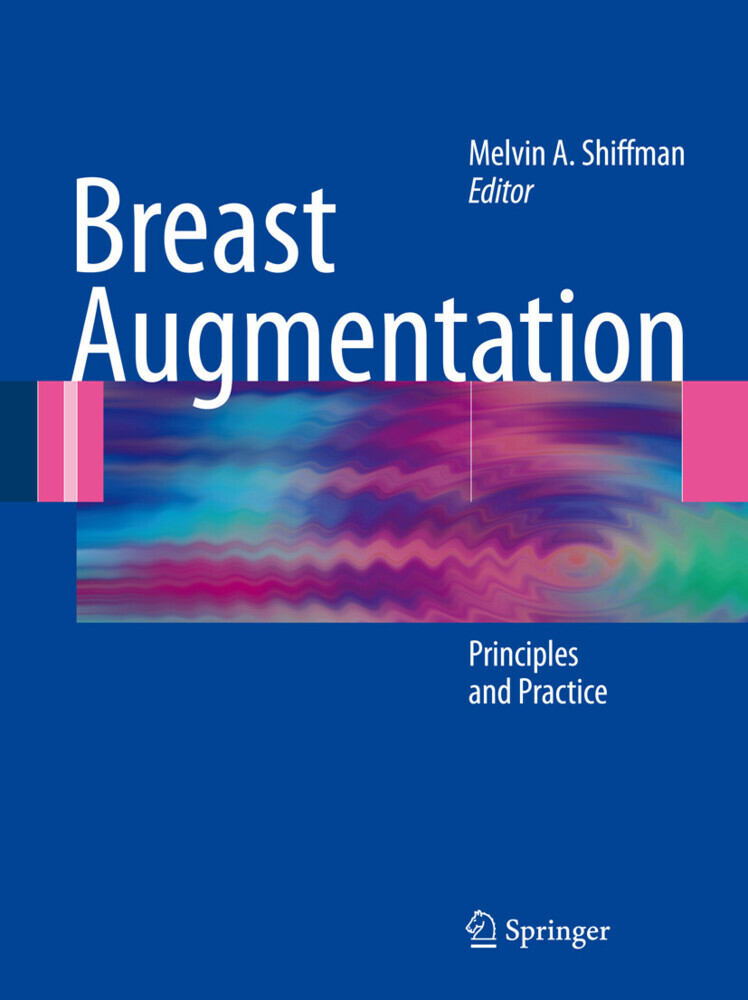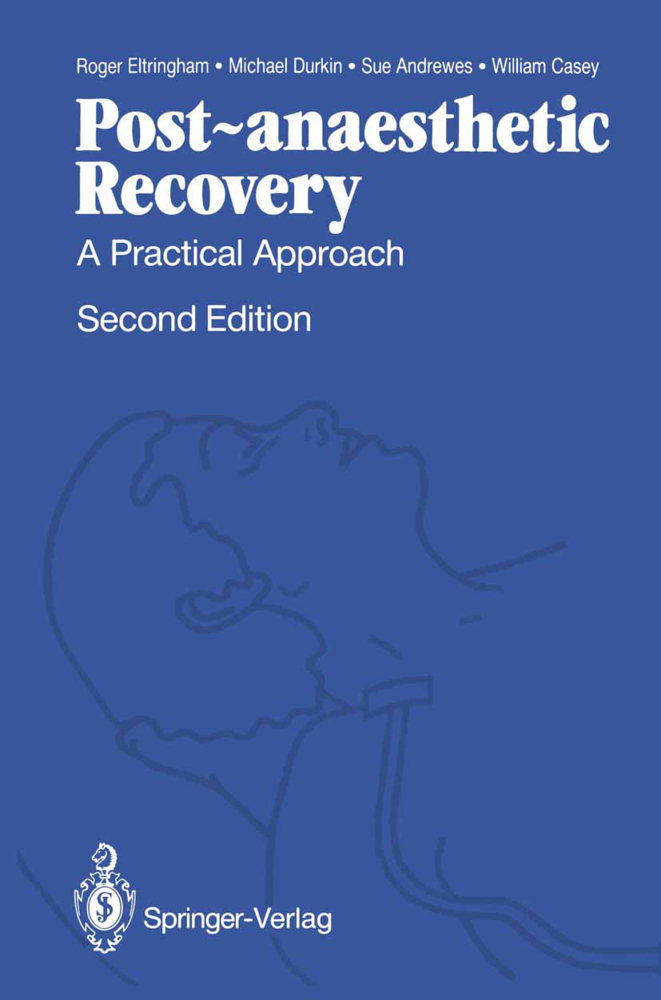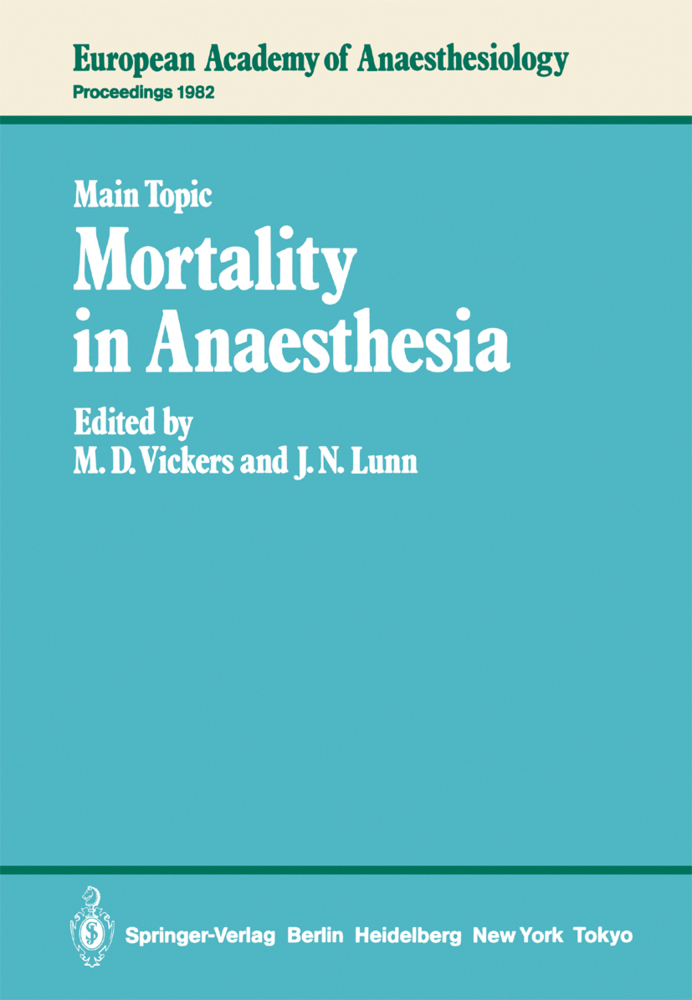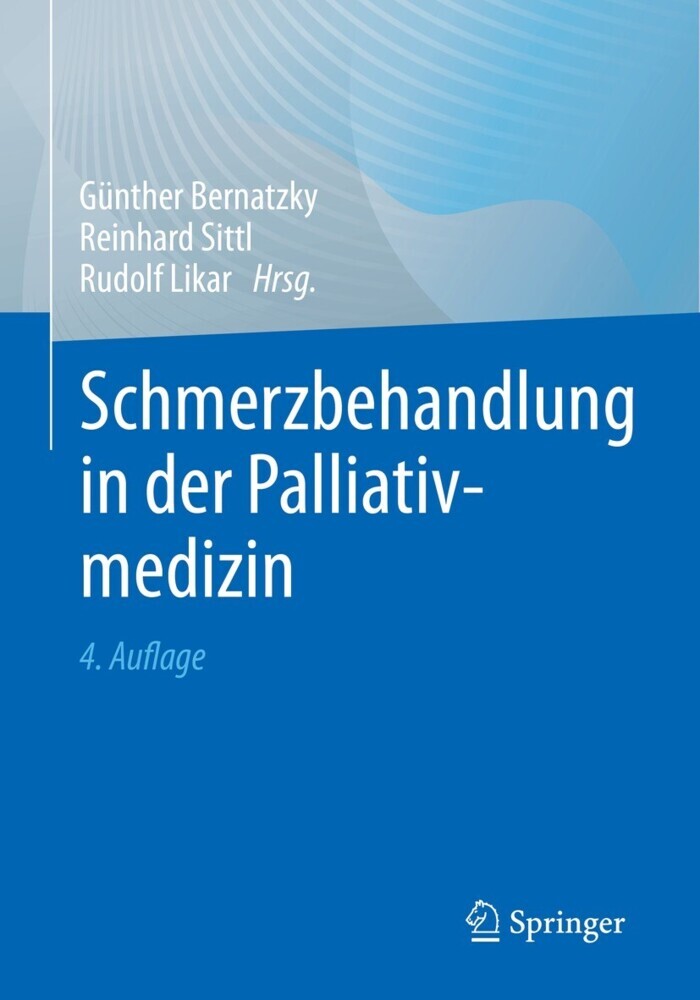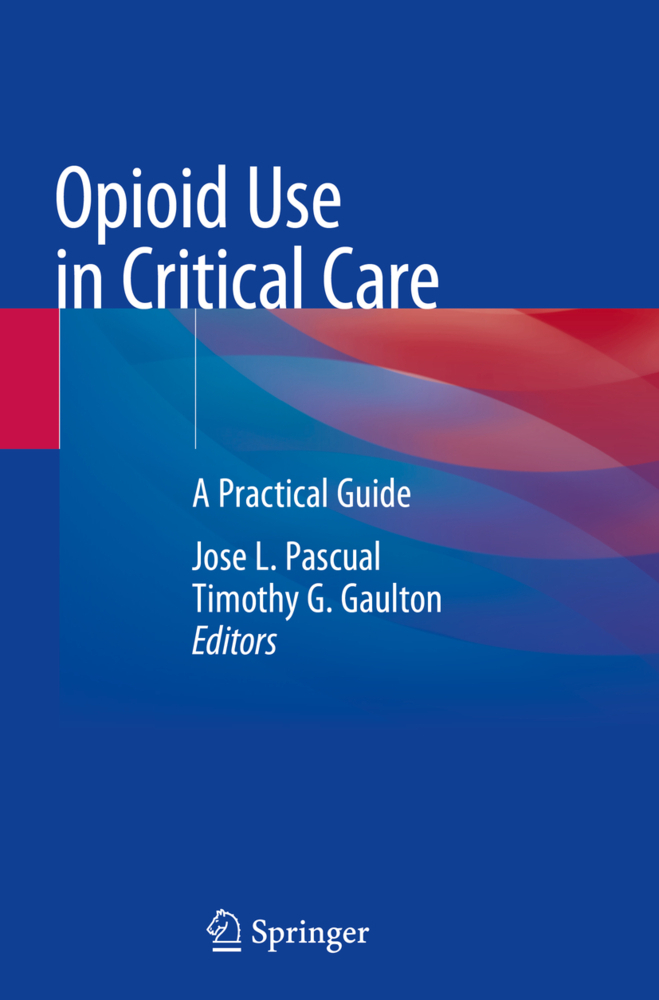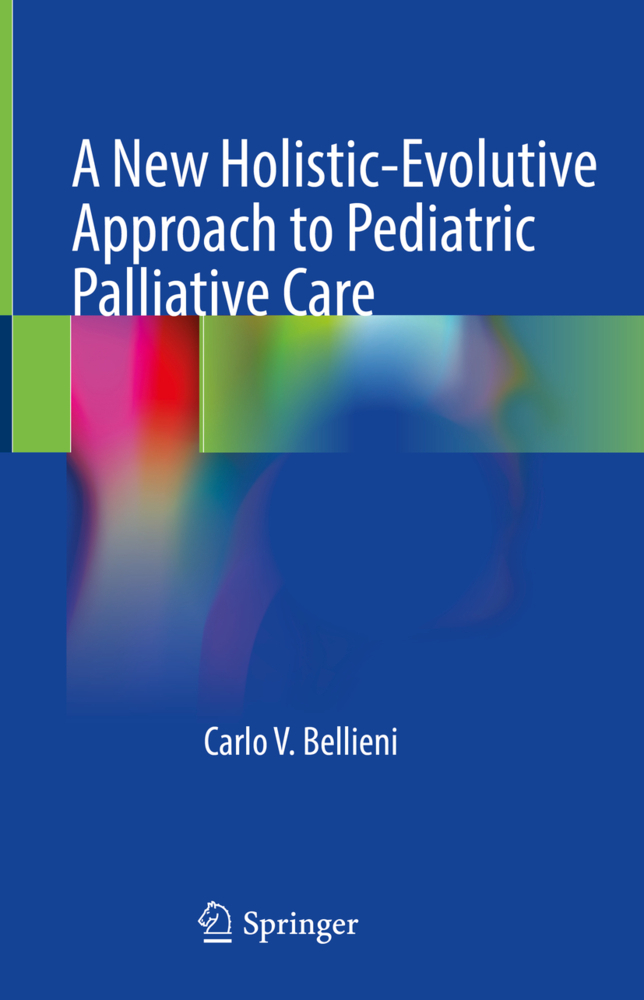Spinal Opiate Analgesia
Experimental and Clinical Studies
Spinal Opiate Analgesia
Experimental and Clinical Studies
The recent development of the use of spinal opiates as a rational therapy for pain rests on clear and certain experimental data. We have long known the spinal cord to be a highly complex structure. Anatomical studies of the substantia gelatinosa have repeatedly demonstrated signs of massive synaptic interaction between primary afferents, descending pathways and intrinsic neurons. Yet, to date that knowledge, insofar as clinical therapy is concerned, has permitted us only to destroy certain connections within the spinal cord in the hopes that the substrate mediating pain could be anatomically differentiated from those which mediate other function. Though cordotomies are clearly effective under certain circumstances, they suffer from the fact the spinal cord is not organized in such an anatomically discrete fashion as is often times drawn in basic medical text. Rather, functions intertwine exquisitely and specific physical interventions are no more likely to produce a specific effect than smashing of the fmgertip with a hammer will produce just a loss of the fingernail. The development of specific therapies of the spinal cord has come about by our growing aware ness of the intricate organization of the pharmacological substrates associated with specific neural function.
Dangers and Complications of Intrathecal and Epidural Opiates
Mechanism of Intrathecally Administered Morphine Analgesia
Actions of Epidural Morphine in Normal Human Subjects
Epidural Opiate Analgesia (EOA): Compatibility of Opiates with Tissue and CSF
Epidural Morphine: A new Approach to Postoperative Analgesia in Urological Surgery
Therapeutic and Diagnostic Uses of Morphine Epidurals in the Management of Pain
Epidural Morphine for 24 Hours of Postoperative Analgesia
Epidural Low-Dose Morphine and Postoperative Pain: A Controlled Study
A Step to Complete Pain Relief After Surgery
Peridural Bupivacaine and Morphine for Residual Pain After Peripheral Vascular Surgery
Postoperative Hypoalgesia by Epidural Morphine After Abdominal Surgery
The Perioperative Use of Epidural Opiates
Pain Relief with Morphine, Applied Intrathecally or Epidural
The Use of Epidural Buprenorophine for the Treatment of Postoperative Pain
Postoperative Analgesia in Cesarean Section, with Epidural Morphine
Continuous Epidural Analgesia in the Perioperative Period
The Control of Postoperative Pain by Thoracic Fentanyl Epidural and its Effect Upon the Stress Response
Postoperative Pain Therapy by Epidural Morphine
Epidural Morphine in the Treatment of Cancer Pain
Intrathecally Applied Morphine for Treatment of Postoperative and Chronic Pain
Comparison Between Morphine and Local Anesthetic Injections of Stellate and Celiac Ganglia in Chronic Pain Syndromes
Epidural Opiates for Relief of Cancer Pain
Intrathecal Morphine in Cancer Patients Tolerant to Systemic Opiates
Pain Therapy with Epidural Morphine in Patients with Terminal Cancer.
Animal Studies on the Spinal Action of Opiates in Analgesia
Theoretical Aspects and Practical Considerations Concerning Selective Opiate-AnalgesiaDangers and Complications of Intrathecal and Epidural Opiates
Mechanism of Intrathecally Administered Morphine Analgesia
Actions of Epidural Morphine in Normal Human Subjects
Epidural Opiate Analgesia (EOA): Compatibility of Opiates with Tissue and CSF
Epidural Morphine: A new Approach to Postoperative Analgesia in Urological Surgery
Therapeutic and Diagnostic Uses of Morphine Epidurals in the Management of Pain
Epidural Morphine for 24 Hours of Postoperative Analgesia
Epidural Low-Dose Morphine and Postoperative Pain: A Controlled Study
A Step to Complete Pain Relief After Surgery
Peridural Bupivacaine and Morphine for Residual Pain After Peripheral Vascular Surgery
Postoperative Hypoalgesia by Epidural Morphine After Abdominal Surgery
The Perioperative Use of Epidural Opiates
Pain Relief with Morphine, Applied Intrathecally or Epidural
The Use of Epidural Buprenorophine for the Treatment of Postoperative Pain
Postoperative Analgesia in Cesarean Section, with Epidural Morphine
Continuous Epidural Analgesia in the Perioperative Period
The Control of Postoperative Pain by Thoracic Fentanyl Epidural and its Effect Upon the Stress Response
Postoperative Pain Therapy by Epidural Morphine
Epidural Morphine in the Treatment of Cancer Pain
Intrathecally Applied Morphine for Treatment of Postoperative and Chronic Pain
Comparison Between Morphine and Local Anesthetic Injections of Stellate and Celiac Ganglia in Chronic Pain Syndromes
Epidural Opiates for Relief of Cancer Pain
Intrathecal Morphine in Cancer Patients Tolerant to Systemic Opiates
Pain Therapy with Epidural Morphine in Patients with Terminal Cancer.
| ISBN | 978-3-540-11036-1 |
|---|---|
| Artikelnummer | 9783540110361 |
| Medientyp | Buch |
| Copyrightjahr | 1982 |
| Verlag | Springer, Berlin |
| Umfang | XII, 150 Seiten |
| Abbildungen | XII, 150 p. 5 illus. |
| Sprache | Englisch |

